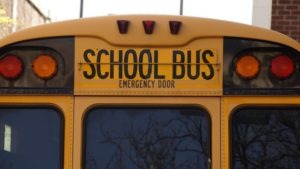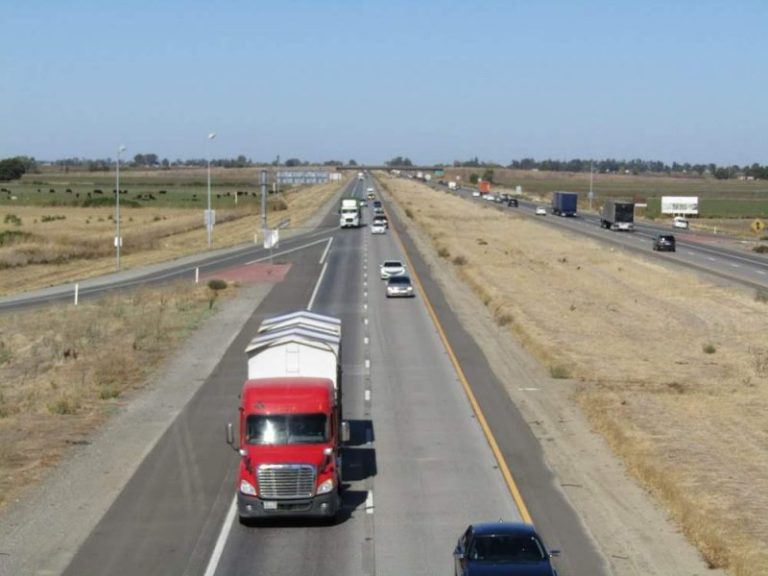What You Need to Know About Arizona School Zone Laws
You have an obligation to drive responsibly when you get behind the wheel–that includes knowing which laws affect you on the road. In particular, you should be especially conscious of laws that protect children during their daily commutes to and from school. Knowing to slow down and drive cautiously near schools is only half the equation–Arizona has a unique set of school zone laws, and if you’re a driver from a different state, you might not be familiar with them yet.
How the Law Affects You
 Arizona law clearly defines what is and isn’t a school zone, as well as what’s expected of you when driving in one. Practice vigilance and caution, and know what you need to do when driving in a school zone to avoid run-ins with children and the law.
Arizona law clearly defines what is and isn’t a school zone, as well as what’s expected of you when driving in one. Practice vigilance and caution, and know what you need to do when driving in a school zone to avoid run-ins with children and the law.
- Strict speed limits. School zone speed limits are the strictest speed limits on the road. Aim for 10 mph if you’re in a 15 mph school zone to be safe.
- No passing. There’s no such thing as too slow in a school zone, and you legally can’t pass another driver while in one, no matter what.
- Yield fully. Normal crosswalks simply require you to yield, and then stop “if necessary.” At a school crosswalk, however, you must stop if anyone is present within the crosswalk. You can only proceed once the yellow crosswalk is completely empty.
School zones are zero-tolerance. Elsewhere, minor traffic offenses might not get you pulled over–but in a school zone, it’s never reasonable to break the law. Even if you’re driving 16 mph in a 15 mph zone, you’ll be pulled over and cited. Additionally, any and all traffic fines are doubled while in a school zone, so don’t take any risks. A hefty fine or collision with a child can easily be avoided by following the law and driving safely.
What Defines a School Zone?
Arizona school zones (limited to kindergarten through eighth grade) might have unique signage and markings depending on which county you’re in. There are several visual markers to keep an eye out for.
- Permanent 35 mph school zone signs, which might be active 24/7, during certain days or times, or while lights are flashing.
- Manually placed 15 mph school zone signs, which might be accompanied by a traffic guard during school hours. You’ll never see these at regulated crossings, such as intersections managed by stop signs and stoplights.
- Markers on the road, such as obvious crosswalk paintings or “SCHOOL” stencils on the pavement.
- Wider sidewalks, pedestrian safety islands at intersections, cameras, and advisory speed signs, while not strictly indicative of school zones, are good signs that you should drive cautiously.
However, remember: kids might ignore crosswalks and decide to cross at any point in a school zone. You need to be extremely wary of sudden pedestrians on the road.
Contact an Arizona Auto Accident Attorney
If you or your child has been hurt by the negligent actions of another driver in an Arizona school zone, you deserve serious compensation for the physical, emotional, and financial damages an accident can cause. Escamilla Law Group can evaluate, file, and secure your settlement claim, freeing up time to spend with your family. Don’t hesitate–contact us at (623) 321-0566 to schedule your free consultation.
Law News Feed
All NewsWho Is Liable for Damages After a Truck Accident?
According to information from the National Highway Traffic Safety Association, more than 2,500 truck accidents occur each year in Arizona. It goes without sayin…
Common Injuries After a Motorcycle Accident
Motorcycle accidents kill or severely injure individuals more frequently than any other type of crash, resulting in immense amounts of suffering and financial d…

